Think beyond classes: Eight options of teaching yoga
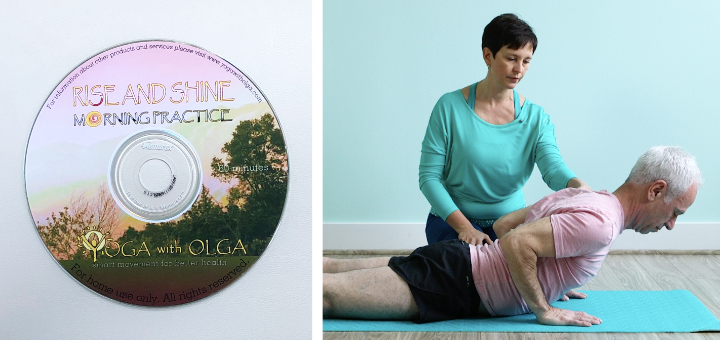
There are many ways of teaching yoga to your students. Today, let’s have an overview of eight main options of teaching yoga that are available to you, their upsides and downsides, and what you need to do to get the most out of them.
1. Drop-in classes in traditional locations (yoga studio, gym, wellness center). This has been the most common way of teaching yoga in the West in the past century. It seems like most exercise facilities offer yoga now, and members come to expect it. This is one of the most accessible and cost-effective ways of practicing yoga, as yoga classes are often included in the cost of membership. It also means that a wide range of people with a wide range of abilities show up for those classes, which makes it a bit harder for the teacher to accommodate everybody’s needs. It also makes it more challenging to facilitate and evaluate students’ progress because different people show up for different classes. The process of applying for work at a location like that is usually pretty straightforward – if they have an opening, you would fill out an application form, have an interview, and get selected (or not) to teach a particular class.
2. Drop-in classes in non-traditional locations (library, office building, retail store, brewery, city park, chiropractor’s office, etc.). More and more often, businesses are offering yoga as a perk to their patrons. This can be a one-time offering or an ongoing arrangement. Those kinds of classes are useful for bringing in students who don’t normally go to more traditional yoga or exercise locations and can prompt their interest in yoga. Those types of classes have the same challenges for the teacher as classes in traditional locations (hard to cater to everyone’s needs, hard to develop progression), but they also have unique spatial challenges. For example, in a retail environment, you would have to maneuver around racks of clothing; in an office space, you would have to deal with extra furniture, florescent lighting, and preset temperature; in a city park, you would deal with weather, uneven surfaces, and onlookers, and so on.

Many of those locations will have an additional noise factor and the distraction of other people coming and going. You will need to consider those factors if you decide to teach in non-traditional locations. More often than not, you would have to identify those locations yourself and then offer your services to management and/or potential students.
3. Yoga series (6-weeks, 8-weeks, 10-weeks, one semester). Each yoga series usually consists of several classes organized around a particular topic. You can offer yoga series in traditional or non-traditional locations, but they usually work best if they aim to meet the specific needs of people who tend to hang out in those locations. For example, if you are teaching yoga for one semester at a college, you would want to tailor your series to the needs of college students. Those needs might include yoga poses that counteract the effects of prolonged sitting, breathing techniques that help them deal with stress and anxiety (especially around exams), meditations and visualizations that help them focus, and maybe even some snippets of yoga philosophy to help them figure out what direction they want to go in with their studies. Yoga series give us an opportunity to work with the same group of people on the same topic over a period of time, which means that we can get to know our students better and get a chance to gradually build our classes within the series in depth and intensity. It also means that the teacher gets paid ahead of time for the entire series, whether or not your students attend every class, which provides the teacher with a more reliable income. You would need to be creative and proactive in choosing your topic, locating your venue, and approaching the management of your venue. Teaching your series in non-traditional locations expands your outreach and introduces your teaching to a wider audience.
4. One-on-one yoga sessions (in person or online). Working with students one-on-one is a traditional way of teaching yoga. This is usually the most expensive option for students, but they also get the most bang for their buck. In a private session, the yoga teacher gets to work with student’s specific issues, direct and guide his/her progress. Much more than just a class for one person, private yoga sessions address the individual needs, goals and preferences of a particular student.

Working with students one-on-one requires a slightly different set of skills. It is much more intimate work; you become an observer of your student’s process and guide it in subtle ways to facilitate her own personal transformation. I find private yoga sessions to be intellectually and financially rewarding. However, finding private yoga clients can be challenging, especially when you’re just starting out.
5. Seminars and webinars (in person and online). A seminar is a one-time event that usually lasts 2-3 hours (or longer). Seminars usually provide an in-depth dive into a particular topic and often include a theoretical presentation on the subject combined with its practical exploration. Here are some examples of seminars/webinars that I have taught in the past: Yoga for Hip Tension, Yoga for Golfers, Avoiding Yoga Injuries – Common Alignment Mistakes in Forward Bends and Twists, and so on. There are many topics that you might want to teach a seminar on, but you have to be clear about how you will market it to potential students. When I had my yoga studio, I regularly had new yoga teachers request space rentals for their seminars. Once they rented the space, they simply expected students to show up for the event and were very disappointed when nobody came. Having an interesting topic is great, but this is a very small part of the project. You also need to be able to market it to the right people well in advance. That is why it can be useful to “take your show on the road”, so to speak, and offer your seminar in a non-traditional venue instead of a yoga studio. That way, you can bring your seminar directly to people who would be interested in that particular topic. For example, you can teach Yoga for Massage Therapists at a massage school and design it in a way that meets the needs of massage therapists.
6. Audio/ video practices. Nowadays, students expect to see yoga practice in a video. But when I started out 20 years ago, this was not the norm. That’s why I recorded and sold CDs with audio files of my practices. I would bring those CDs to my seminars and offer them to students who wanted to try the same practice we did at the event on their own.

As technology continues to evolve, you can now record videos of your practices pretty easily. It is also easy to post those practices online (via YouTube, for example), but offering your practices for free will not help your bottom line. If you want to make your yoga videos a source of income, you would need to have a place online to sell those practices. That requires setting up a website that can take payments, choosing a hosting platform to host your videos, and, of course, coming up with a way to promote them. This can turn into a major project, and you would have pretty stiff competition. There are already many large platforms that offer videos online, and they are able to charge very little for access because of their scale. If you want to go that route, you would need to figure out a way to differentiate yourself and keep your costs low.
7. Retreats in exotic locations. A retreat is a multi-day event that is usually conducted in a beautiful and peaceful location. The attraction of a retreat is that students get to immerse themselves in yoga for several days while also engaging in other outdoor activities (hiking, swimming, surfing, biking, and so on). Participating in a retreat gives a student a great opportunity to leave behind the mundane and to refocus on herself. Retreats can get pretty expensive, depending on the location, type of accommodation, and other activities involved.

For a teacher, leading a yoga retreat can be challenging if the teacher ends up taking care of all the details herself. In addition to being responsible for your students’ yoga practice, you will also be responsible for their lodging, meals, and keeping them occupied between your yoga classes. It will be much easier if you find a location that takes care of some of those responsibilities, but even then, you will still have to be “on” all day, making sure that your students have everything they need. Retreats require extensive planning and extensive promotion. The number of students that you are able to attract will determine whether or not you will be able to make money on the retreat, barely break even, or end up spending more than you earn.
8. Teacher training programs. Most yoga studios stay afloat by offering Teacher Training Programs or some sort of in-depth studies for those who are interested. High-quality Teacher Training Programs can be of great service to the community, especially if the community is lacking yoga teachers. Low-quality training programs can do a disservice to the community by regularly churning out poorly-trained teachers, who then flood the yoga teaching market, willing to teach for very little money. This drives down the compensation of more experienced teachers. I’ve seen times and times again when qualified, experienced yoga teachers had to switch professions completely or had to juggle yoga teaching with another part-time job because they couldn’t afford to do it full-time. In the end, it’s not just the teachers who suffer, but the students suffer as well because they end up being taught by inexperienced teachers. If you decide to offer a Teacher Training Program, please make sure that you have some practical teaching experience under your belt, that you design and execute a high-quality program, and that you provide some assistance for your graduates in finding a job.
These are some of the common options for teaching yoga. You can also come up with something completely different and unique. But in the end, you can’t do it all. It is best to select 2-3 main types of offerings to focus on and consistently cultivate.

What’s your vision of success in the yoga field? Is it teaching large gatherings at yoga festivals? Having a small practice of regular students? Working at a healthcare facility? Going fully digital? Join Marita Greenidge, the marketing & communications manager at IAYT, to figure out your true passion and how to go about sharing that passion with people who need your services the most.

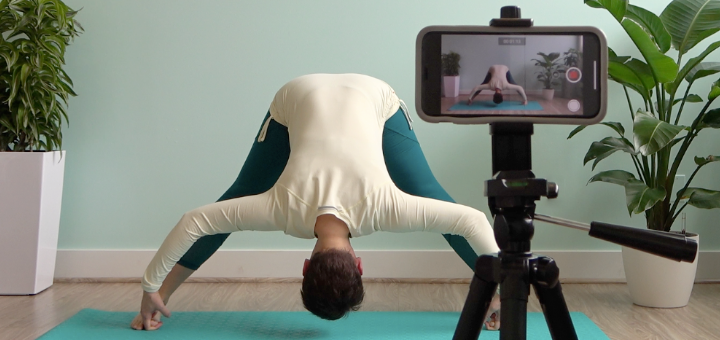
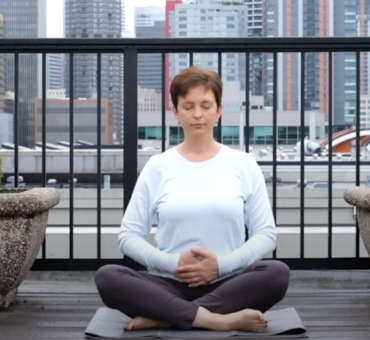
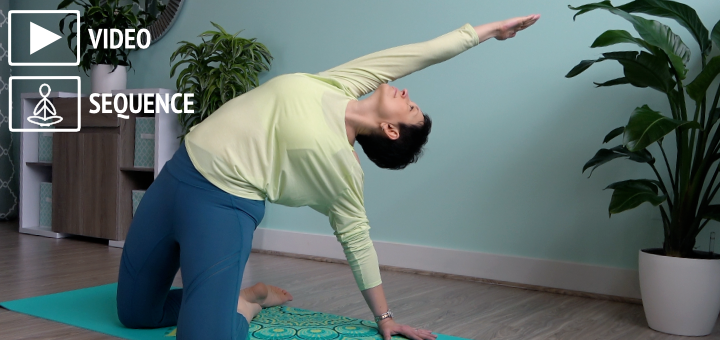

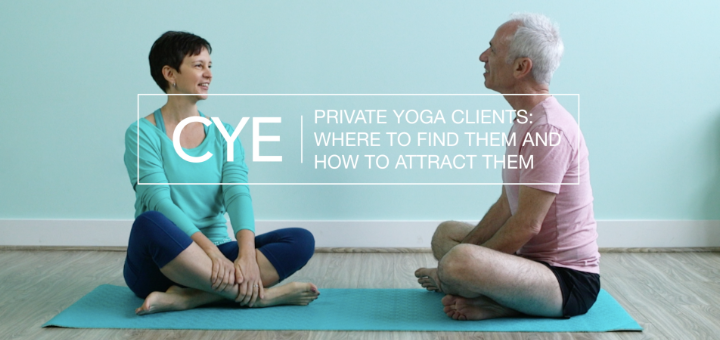


Hi Olga,
Thanks for the above information!
Question-what is the average fee for a one to one yoga session?
I work with folks who struggle with the aftereffects from stroke, traumatic brain injuries and Parkinson’s disease.
I travel to their home for the chair session.
I am a registered nurse and have been teaching yoga for 12 years. I am certified in Restorative,
Prenatal postpartum, and adaptable.
Thanks for your help!
Hi Chris, thank you for your comment! There are many factors that go into determining a fair price for your sessions, and there is usually a wide range of options depending on where you are located. When I started out, I charged as low as $50; now I charge $95/hour, and fellow teachers in the Bay Area charge between $150-$200 (and their clients expect it). So it all depends on what other teachers around you are doing. Sounds like you have a lot of training both yoga- and non-yoga related, so you should probably charge on the higher end of what your market will bear. It’s useful to do some research on what other yoga teachers/therapists in your area are doing and go from there.